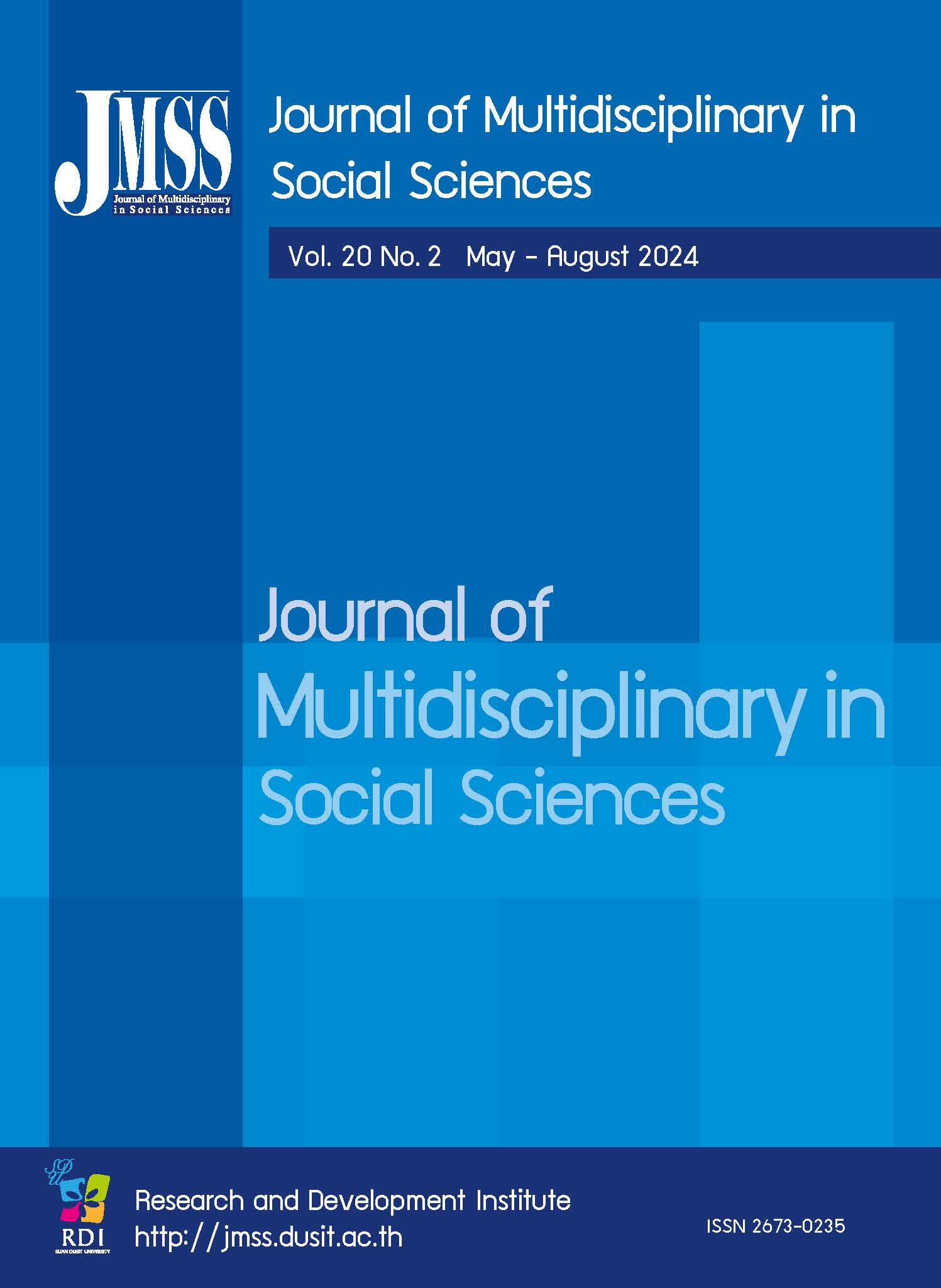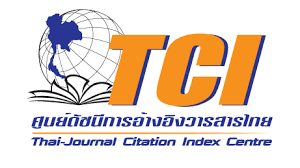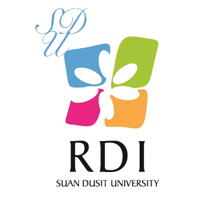Creating Awareness of Natural Resources Conservation in the Agricultural School Network
Keywords:
Consciousness, Natural resources and environment, Agriculture teachingAbstract
This research aimed to explore the challenges and methods for raising awareness about natural resource conservation within the agricultural school network. It also sought to study the approaches used by agricultural student teachers to foster
this awareness and to observe the behavior of students regarding natural resource and environmental conservation. The research was conducted in two phases. The first phase focused on identifying problems and methods for conserving natural
resources and the environment in schools. The second phase utilized participatory action research to enhance awareness of natural resource and environmental conservation. In the first phase, data were collected through questionnaires and interviews involving 23 teacher mentors, 19 student teachers, and 14 KMITL supervisors. In the second phase, unstructured interviews and focus groups were conducted with five student-teacher volunteers and their mentors. The findings revealed that schools faced moderate issues related to natural resources and the environment but had high-level guidelines for conservation and awareness-raising. Student teachers effectively promoted awareness by integrating agricultural content, engaging in various activities, and using positive reinforcement. Conservation methods included economical use, reuse, and substitution with alternative materials. The study found that students' behaviors towards natural resource and environmental conservation improved significantly when guided by student teachers.
References
Boonyatharokul, W. (1983). Principles of irrigation. Bangkok: Kasetsart University, Faculty of Engineering, Department of Irrigation Engineering.
Buakamsri, T. (2017). Natural resources and environment situation in Thailand. Retrieved May 21, 2022 from http://www.greenpeace.org/seasia/th/news/blog1/2560/blog/60952/
Bureau of Soil Resources Survey and Research Department of Land Development. (2014). Provincial soil survey report. Retrieve from http://oss101.ldd.go.th/soilr/product.html
Chureegate, A. and Worawan, S. (2016). Building awareness to be a good global citizens. Retrieved November 21, 2022 from http://www.trueplookpanya.com/knowledge/content/50214/-edu-t2s1-t2-t2s2
Juliratchaneekorn, T. (2009). The effect of verbal prompting techniques and positive reinforcement on coping behaviors of students in secondary education grade 7 (Unpublished Master’s thesis). Srinakharinwirot University. Thailand.
Intaya, Y. (2010). Why is group process important? How do children feel when they study with friends? Supervisory Education Unit Department of Education, Education District 8. N.P.
Kemmis, S., McTaggart, R., & Retallick, J. (Eds.). (2004). The Action Research Planner (2nd ed. rev.). Karachi: Aga Khan University, Institute for Educational Development.
Matiko, M. (1992). Social Consciousness of Graduate Students at Mahidol University. Thailand: Charoendee Printing.
Meepradit, K. (2016, December 5). “Creating Environmental Awareness”. Cultivating environmental awareness. Retrieved from http://www.bangkokbiznews.com/blog/ detail/637550
Na Takuathung, O. (2002). The ultimate development of teaching and learning. Expernet Books.
Office of the Vocational Education Commission, Ministry of Education. (2019). Vocational Certificate Program. Retrieved from https://bsq.vec.go.th/th.
Rafi A., Ansar A., & Sami M.A. (2020). The implication of positive reinforcement strategy in dealing with disruptive behavior in the classroom: A scoping review. Journal of Rawalpindi Medical College, 24(2), 173-179.
Rattanalertnusorn, S. (2007). Principles of conservation and biological management. Bangkok: Technology Promotion Association (Thai-Japanese).
Sawamechai, R. (2016). The Natural Resources and environmental Management: Soil Resource and
Land Use. The National Defence College of Thailand Journal, 58(1), 55-75.
Simachaya, W. (2017). “How can we help preserve water sources?”. Water quality and management. Retrieved July 20, 2022 from www.pcd.go.th/info_serv/water_savewater.html
Siriwan, N. (2013). Future of Thai Agricultural Education, Vocational Agriculture in the Next Decade, ASEAN Community Era. Journal of Industrial Education, 12(1), 1-7.
Suwannarat, K. (2015). Impact of land use on water quality in the Lam Takhong Basin. Nakhon Ratchasima Province. Nakhon Ratchasima Province (Doctoral thesis). Suranaree University of Technology. Thailand.
Thaipublica (2017). From piles of plastic waste to garbage patches in the sea: A global crisis that everyone must help solve. Retrieved March 15, 2022 from https://thaipublica.org/2017/03/waste-in-the-sea/
Kovanich, A. (1984). Planting trees as windbreaks in Thailand. Retrieved June 20, 2022 from https://forprod.forest.go.th/forprod/meetingforest/pdf/meeting3/023.pdf
Vachirasirodom, R., Rattanaphan P., Chaisri B., Petcharak, A., & Kittiphongviset S. (2021). Drought conditions and management in the case study area of Phetchaburi Province. Environmental Journal, 25 (4), 1-7. Retrieved from https://ej.eric.chula.ac.th/article/view/324
Downloads
Published
How to Cite
Issue
Section
License
Copyright (c) 2024 Journal of Multidisciplinary in Social Sciences

This work is licensed under a Creative Commons Attribution-NonCommercial-NoDerivatives 4.0 International License.








